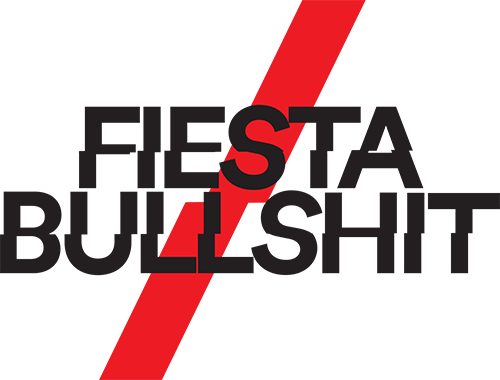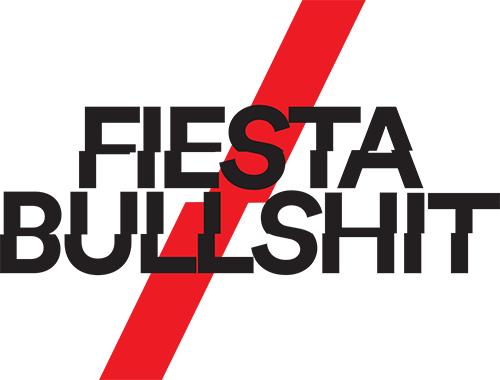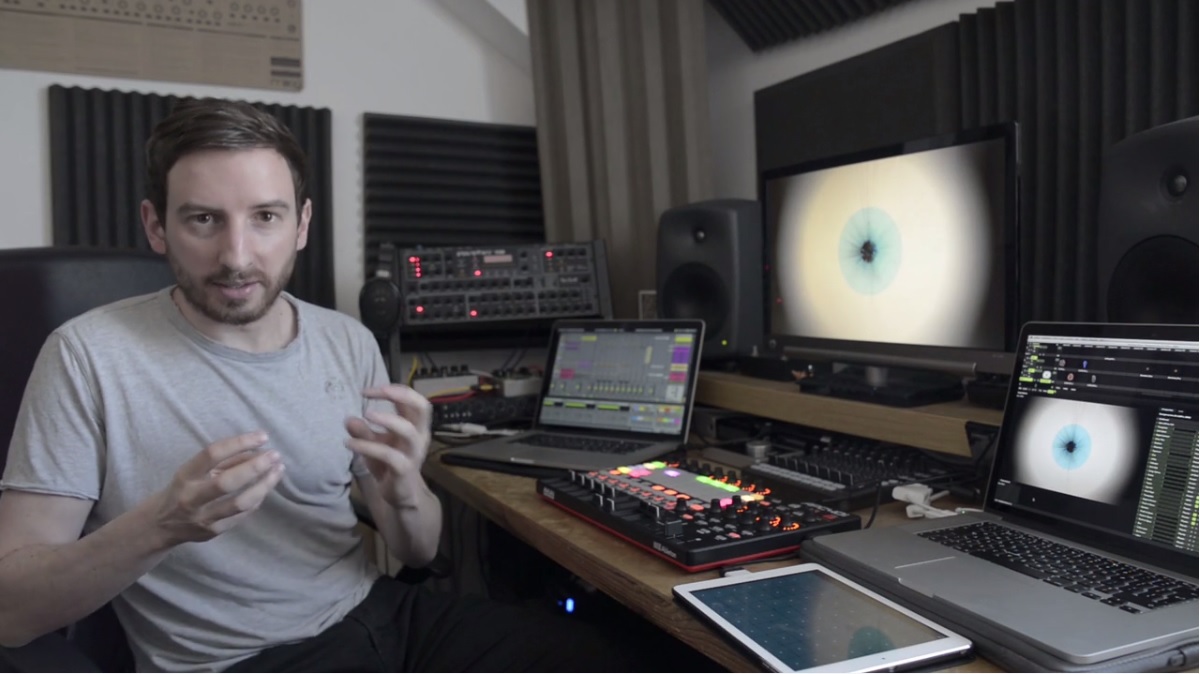#INTHESTUDIO: MAX COOPER
Hi Max, thank you very much for your time! It is a pleasure for us to talk a little about your creative process and your approach to technology.
We had access to some images of your studio, you are not one of those artists that needs to have an expensive museum of analog synthesizers to make electronics of the highest quality, Give us tips for young creatives who may feel overwhelmed about very expensive gear in some studios of many artists and amateur people.
Yeah I didn’t have the money to buy synths for the first few years of making music, I focused instead on trying to get good monitor speakers and trying to get the acoustics ok. I’ve recently been testing out the Sonarworks reference 4 system for automatically adjusting the EQ profile to give a flatter response in your non-flat responding room. I’m not sure it’s perfect, but it definitely helps. For example I have some 50Hz standing waves at the moment which can muddy up my bass mixes, and that system EQ’s those peaks out precisely to give a more balanced listen, which has proven helpful for my mixes. I do think it’s important to learn your room by ear as well though, the more checks and balances in place the better.
As for how to get started without expensive gear, it’s amazing what can be done digitally. Rob Clouth is possibly my favourite electronic music producer in the world and he does everything digitally with very creative approaches, building his own tools and techniques that create a sound like no one else. If you’re using the same analogue gear as everyone else you’ll sound a little like them too. The digital world is much larger in terms of the number of tools and possibilities, especially when you get worlds like MaxMSP and Reaktor etc, so you can find something amazing and new if you’re willing to put in the time. That’s the key for me, it’s not so much about what you use, but how much time and effort you put in to find a recipe that you really believe in.
I think a lot of the role of analogue gear isn’t so much in the oscillators or filters being analogue, but in the fact that you get hands on control away from the screen. So that’s another thing which I’d recommend for anyone wanting to develop things without expensive synths – to try hardware interfaces, which can be quite cheap, but can give you more of a hands-on instrument-style interaction with your soft-synths, so sound design and live playing can become more of a fun and involved experience. And of course, there’s some great relatively cheap hardware synths out there too, like the Korg Volca’s for example.
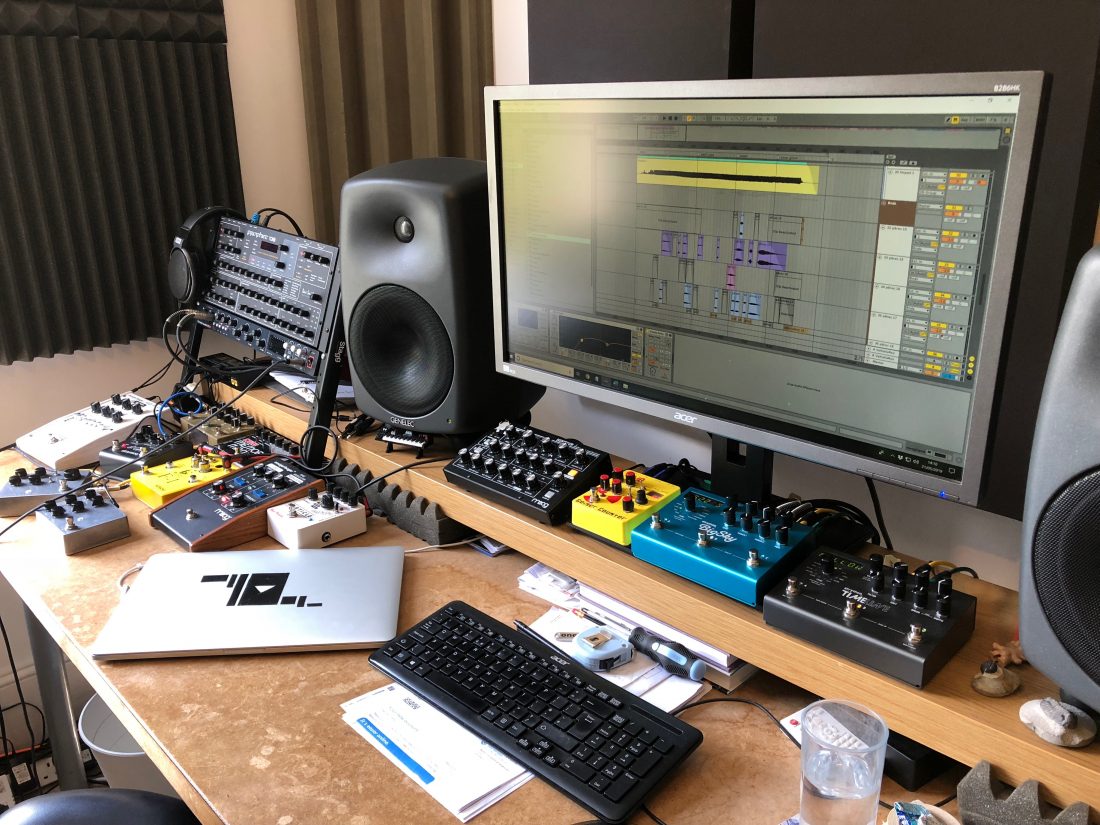
Apart from the expansion of the DIY world, video-modular and Eurorack or the unexpected return of the vintage, in terms of mass consumption the growing supply of analog clones from brands such as Behringer and even Yamaha, proposing to bring back a new version of the famous CS 80 seems to have stagnated us in a technological market looking to the past more than a futurist view, what you think about it?
We’ve been conditioned to enjoy the sound of these classic synths because of the music we grew up listening to, so I think it’s a natural process, these recreations. I’ve very heavily reliant on my own Prophets and Moogs which are modern remakes of classics, but for me personally it’s still very important to complement that with a lot of modern digital techniques, convolution reverbs, granular processing, spectral effects, semi-generative systems, these things that weren’t around in the early synth days, to create something new which still has that beautiful inaccurate richness of those early synths. It’s all those “mistakes” which were made in early synthesis which we pander after now that we can do everything precisely with computers, when we find the humanity has been a little lost somewhere. But there’s many other ways of bringing that freer error-ridden sound in with computational techniques too, LFO’s assigned to many parameters to give them a little wobble around whatever values you set is an easy example. So for me, the best way forward is to take the best of the old and the best of the new and bring it all together.
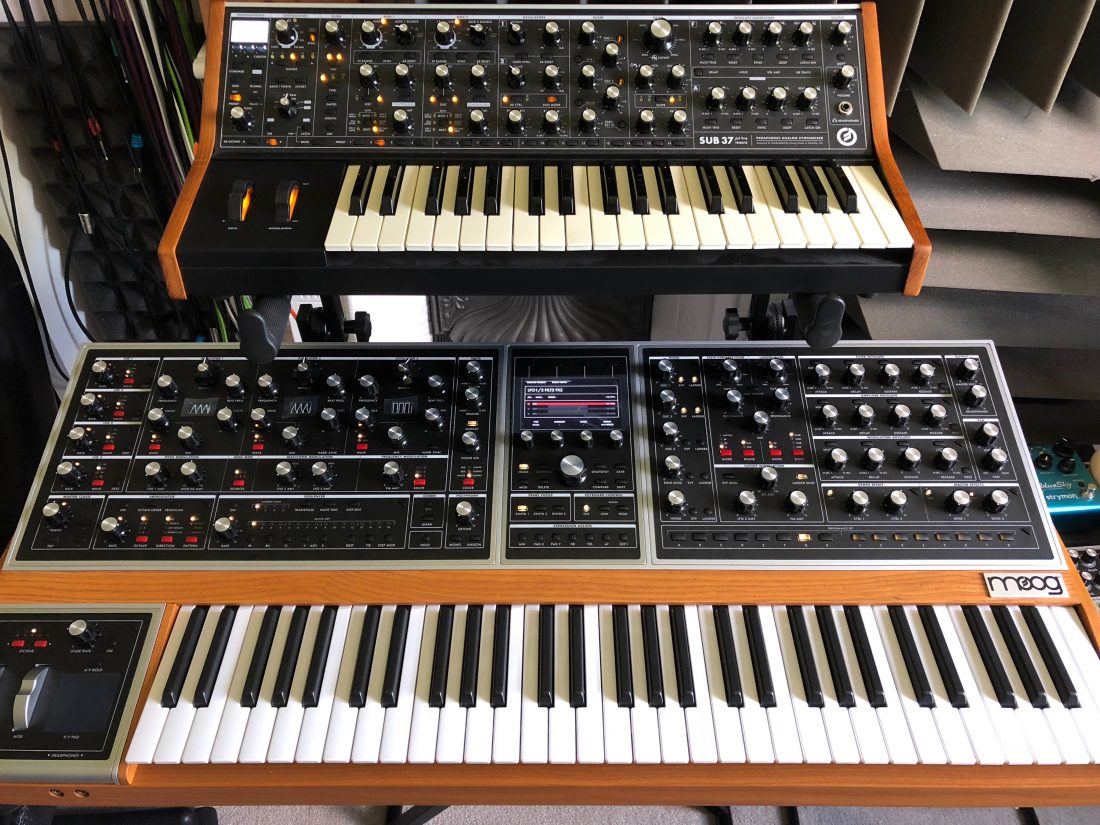
DSP technology or high quality electronic components seems to be living its own creative crisis, where do you think the near future goes? the era of pure programming?
Software is where the most possibilities exist for sure. No doubt we’ll have a boom of new machine learning driven instruments and techniques very soon. I’m looking forward to where that can go, the musician in collaboration with more intelligent systems than we’ve had access to before.
Prophet 08, Prophet 6, dx 7, Juno 60, sub 37, minitaur, pedals, ipad, tape echo … What has been your last addition to the work-station? What is the instrument that you always wanted to have and you never had?
I always wanted a polyphonic Moog, and the Memory Moog had always been out of reach, so I jumped straight in with one of the first Moog One’s to arrive in the UK and have been putting it to use on my new album project for launch at the Barbican in London on the 28th of September. It’s a beast of a machine, I’m still learning it and yet to get an intuitive feel for it, but yeah, it’s something I had been looking for and it’s already proving useful, particularly for strange sound design. The Prophet 6 is still my favourite at the moment though, it’s such a musically designed synth, almost everything it does sounds great, and it has just the right balance of simplicity and complexity for me, encouraging free jams and rich modulation options without slowing down the work process too much, zero onscreen fiddling.
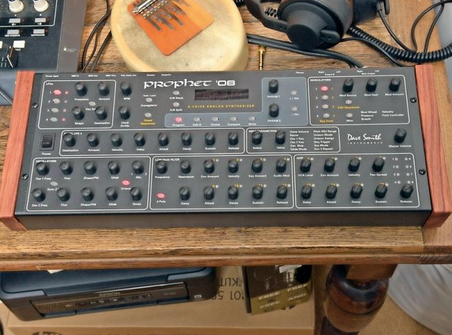
We would like to know your relationship with tools such as Subpac
Bass is so hard to get right, any extra tool to give another view on it is useful, and the sub pac gives a great low cost way of getting that club experience of massive lows right down to 20Hz or so – it physically rumbles the lows right into your back, which has a pleasant massage sort of experience about it too. My old sub pac isn’t particularly well balanced across the frequency spectrum though, so some frequencies appear louder than others, but I’ve ordered the new seat version which is just released, which hopefully will be more balanced.
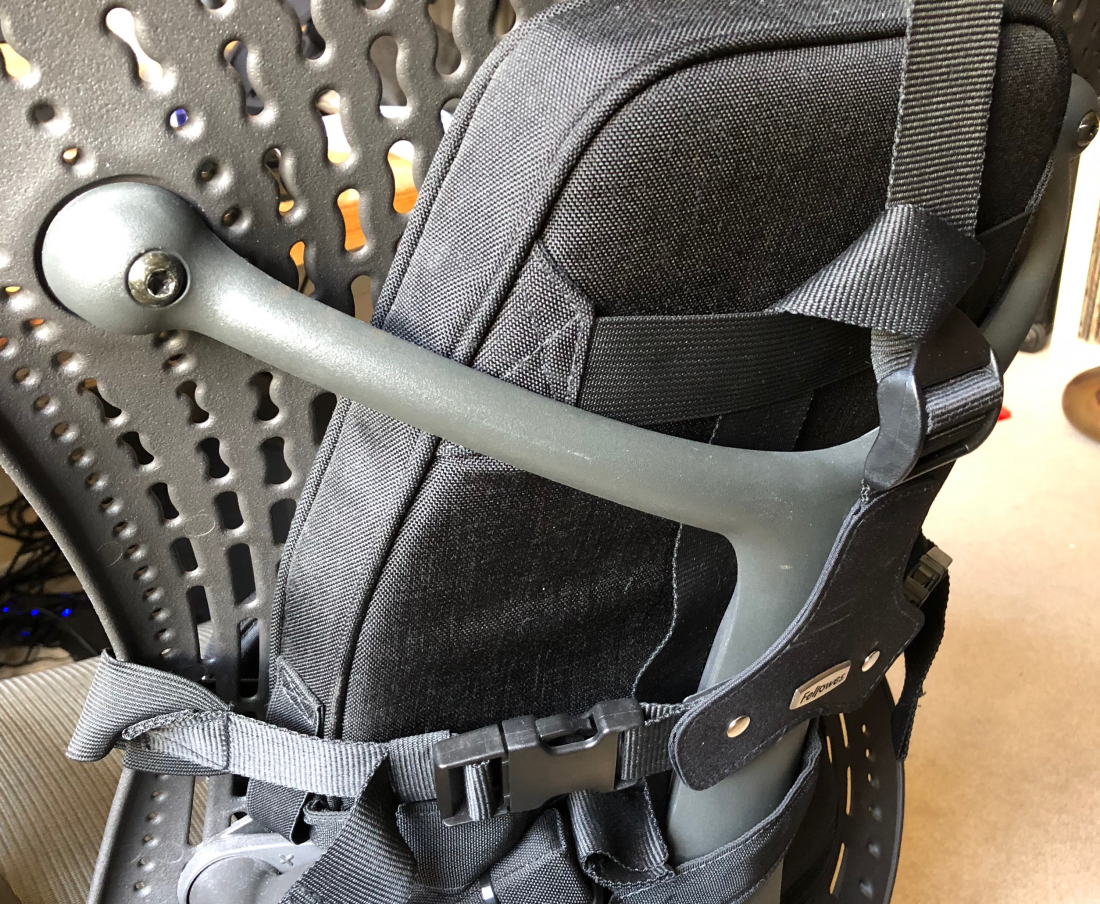
Your arrangements are rich in details, is it important for you to have a classical formation in terms of composition? Do you spend many hours in front of the computer with details?
I don’t follow any particular rules in terms of arrangements if that’s what you mean, other than imagining myself in the venue listening to the track and doing what I’d want to hear in terms of the development. I do love detailing though yes, and I spend a looooong time messing around with tiny sounds. That’s the final phase of creating each piece of music, after the initial basic melodic ideas phase, then the percussion and mixing, then the detailing phase which can go on as long as the rest put together. It’s quite a different sort of mental process, sometimes it feels like working on a factory line rather than the phase of musical creation of the chords and melodies which is very feeling and conscious. The detailing is where I sit back and enjoy the atmosphere and let my subconscious mess around with tiny sounds for days.
You have always taken good care of the aesthetic and visual content of your work, what are your favorite references in this field? Are you interested about video synthesis?
Koyaanisquatsi was one of the first major influences on me in terms of my audio-visual approach, and also heavily influenced my choice to create the new Glassforms project with Bruce Brubaker where we’re exploring a electronic and piano reworking of Philip Glass pieces (it will be at Sonar Barcelona this year in case of interest). I always loved the early Warp records audio-visual work too, the classic Cunningham-Aphex collabs, and Cunningham’s Bjork video being possibly my all time favourite example of a music video, but also Plaid, Autechre and Squarepusher’s early music video projects, these guys were on it way ahead of time. I was always into that stuff, and then I went into science research before going full time on music, and at some point I realised that all my science work was very visually oriented and lent itself amazingly well to abstract story telling along with electronic music, so I jumped down that rabbit hole and have never come out. Nature is the richest source of art, so I don’t expect I’ll ever need a different core source.
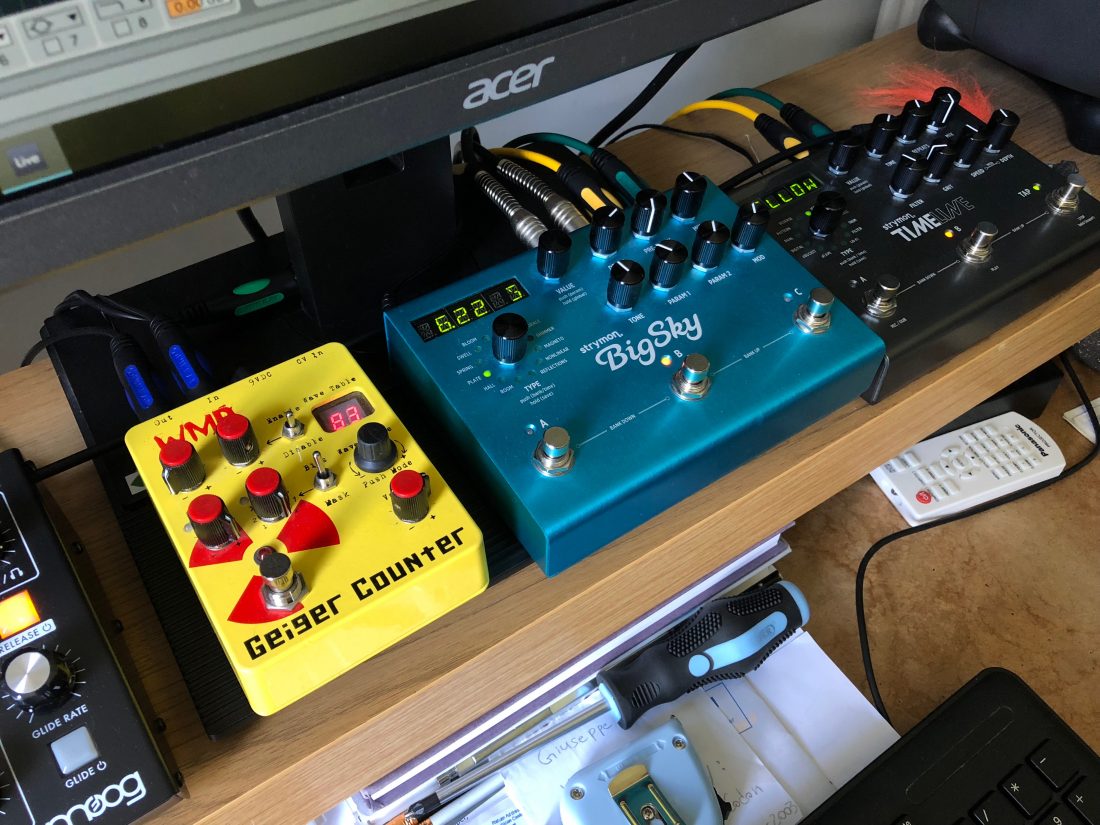
Your work expands in very different territories, from club music or even ambient to classical or experimental works, Do you change your approaches or music set up for each project?
Yes, every different live show – 4D Sound, surround sound, Live visual, live piano and electronics, has their own custom system suited to the demands of live performance with each. Sometimes I’m working with every tiny sound independently as with the surround sound shows where I want each element to have its own life in the space, and sometimes I’m more focused on layering and structuring whole pieces of music with different visual experiences. It’s just a question of whatever I need to create the best possible audience experience, and allow me the flexibility to interact with the people there and optimise my set. I don’t use pre-arranged set lists for that reason, apart from when I’m doing a classical concert with a live musician who can’t perform without one. For my solo shows I try to keep it as flexible as possible, as sometimes I’m playing pleasant sit down shows at 8pm, and sometimes sweaty 6am mayhem. I love that variation though, that keeps the whole thing interesting for me, that’s why I like to release a lot of different styles, to give me a good range of musical options in the studio as well as in terms of the performances. The same goes for my label, Mesh, where we’re releasing a mixture of ambient, experimental and techno from people like Rob Clouth and Nicolas Bougaieff, broken melodica from Brecon, and huge intricate club work with Alex Banks new album.
